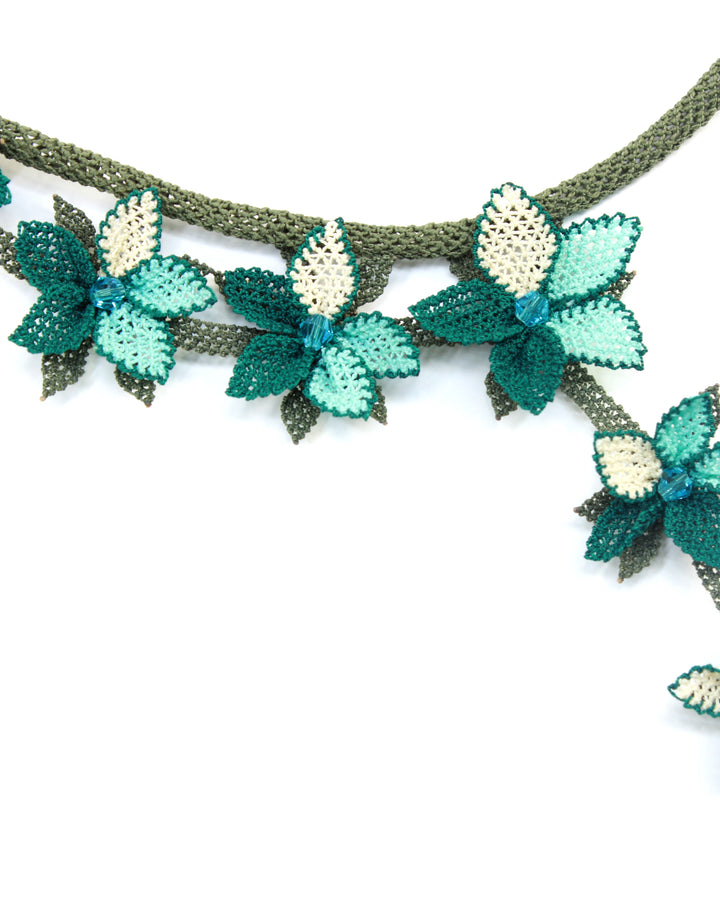
At first glance, one could be forgiven for being slightly skeptical of jewelry inspired by fresh fruits or vegetables. Yet, upon closer inspection, one will find that grapes, tomatoes, cherries, olives, and lemons hold positions of great esteem among the cultures of the Mediterranean, both as foods and as symbols of nature’s seemingly boundless generosity. Perhaps that is why they have all been immortalized by Oya artisans for generations.
One’s skepticism may persist, of course. What makes these forms so special? Why an olive and not a date? Why a lemon and not a lime? The answer is that, though the specific details vary, each necklace, bracelet, or earring is inspired as much by what their forms symbolize as by the forms themselves.
Take the lemon. Delicious, bright, and colorful, lemons are used in virtually all types of Mediterranean cuisine. But the lemon itself holds a deeper history – the Ancient Greeks and Romans believed this “golden fruit” was kept in a divine garden at the end of the Earth, hidden from mortals because of its ability to grant immortality. Perhaps because of this mythical ability, lemons came to symbolize richness, love, and a long, healthy life. Consequently, many Mediterranean peoples have used lemons not just as a source of food, but also to decorate their homes.
Other fruits took on similar levels of symbolism, many dating back to the days of Ancient Greece. Cherries came to represent purity and youthful innocence, as well as embodying the warmth and joys of early summer, when most cherries are harvested. Grapes, long considered the physical embodiment of Dionysus and Bacchus, came to symbolize merriment, fertility, and celebration because of their central role in winemaking. Olives, the traditional symbol of Athena, came to symbolize peace, wisdom, and prosperity.
But divine origins are not a prerequisite. Even tomatoes, which were not introduced to the Mediterranean until the 16th century, came to embody nature’s limitless generosity and creativity. Though they were not widely used in European cooking until the 1800s, their bright reds and yellows quickly came to symbolize sensuality, emotionality, and passionate love. Eventually their fundamental importance to most Mediterranean cuisines helped tomatoes evolve into symbols of longevity and good health as well.
For the peoples of the Mediterranean these fruits are as symbolically complex and ornamentally beautiful as the most radiant flowers. The pleasing forms of each fruit hide a deeper reverence for nature’s beauty and benevolence, its propensity to provide and its ability to create. As we approach the Thanksgiving holiday, what better way to celebrate nature than by highlighting her oft-underappreciated forms?


Comments (0)
Back to News